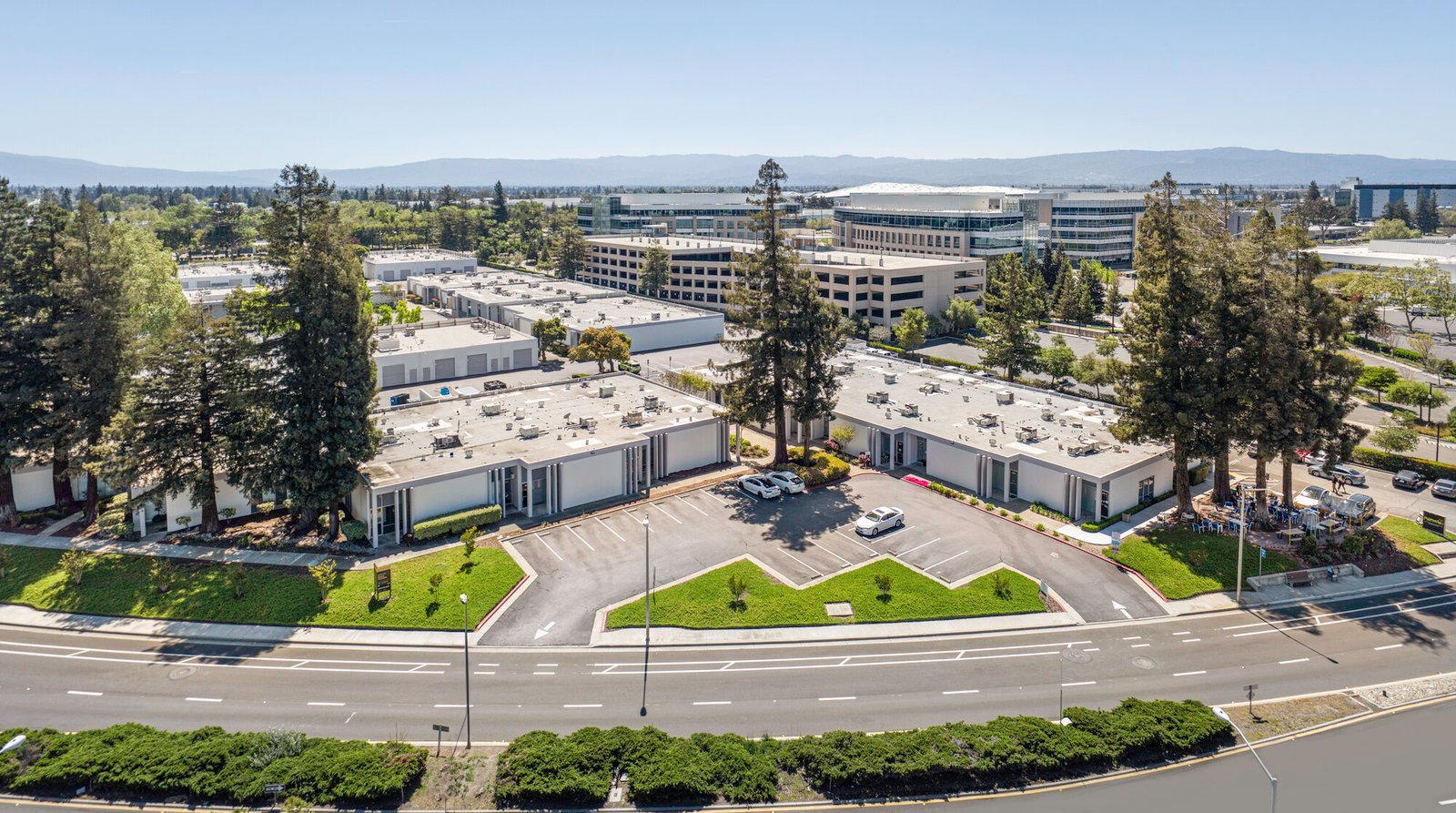Business-parks have emerged as dynamic hubs that foster economic activity, innovation, and collaboration. These purpose-built complexes cater to businesses of all sizes, offering a structured environment where enterprises can thrive and grow.
What Are Business Parks?
A business park is a designated area that accommodates multiple businesses within a planned layout. These parks are often located near urban centers or transportation hubs, designed to provide shared resources, amenities, and infrastructure to support a diverse range of industries.
Key Features of Business Parks
1. Strategic Location
Business parks are usually positioned close to major highways, airports, or city centers, making them easily accessible for employees and clients.
2. Modern Infrastructure
Equipped with state-of-the-art facilities, including high-speed internet, advanced security systems, and energy-efficient buildings, business-parks meet the needs of modern enterprises.
3. Shared Amenities
Many business-parks feature shared spaces such as conference rooms, cafeterias, and recreational areas, fostering collaboration and work-life balance.
4. Diverse Tenant Mix
From startups to established corporations, business-parks attract a variety of tenants, encouraging cross-industry collaboration.
Types of Business Parks
1. Industrial Parks
These focus on manufacturing, logistics, and warehousing, often located in suburban or rural areas for access to larger spaces.
2. Technology Parks
Designed for tech companies and startups, technology parks emphasize innovation, offering research facilities and proximity to academic institutions.
3. Mixed-Use Parks
A blend of office, retail, and residential spaces, mixed-use parks create vibrant communities that combine work and lifestyle needs.
4. Eco-Friendly Parks
Sustainable business-parks prioritize environmental conservation, featuring green buildings, renewable energy sources, and eco-friendly landscaping.
Benefits of Business Parks
1. Cost Efficiency
Shared resources and infrastructure help businesses reduce operational costs.
2. Networking Opportunities
Proximity to other businesses fosters partnerships and collaboration, driving innovation.
3. Enhanced Productivity
Modern facilities and amenities create an environment conducive to employee satisfaction and productivity.
4. Scalability
Business-parks offer flexibility for companies to expand or downsize their spaces as needed.
5. Community Building
The shared environment promotes a sense of community, encouraging social and professional interactions.
Notable Examples of Business Parks
1. Silicon Valley (California, USA)
Known as the epicenter of global tech innovation, Silicon Valley is home to numerous technology parks and a thriving startup ecosystem.
2. Cambridge Science Park (UK)
This park combines research, academia, and enterprise, focusing on biotechnology and information technology.
3. Dubai Internet City (UAE)
A dedicated hub for tech companies, Dubai Internet City supports innovation and entrepreneurship in the Middle East.
4. EcoWorld Business Park (Malaysia)
This eco-friendly park integrates green practices, emphasizing sustainability and modern design.
Challenges Facing Business Parks
1. High Initial Investment
Developing a business park requires significant financial resources, often limiting small developers.
2. Competition
With the rise of coworking spaces and virtual offices, business-parks must continuously innovate to attract tenants.
3. Environmental Impact
Urban expansion for business-parks can disrupt ecosystems, necessitating sustainable planning.
Future of Business Parks
As industries evolve, so do the requirements for business-parks. Emerging trends include:
- Smart Technology Integration: IoT-enabled systems for energy management and security.
- Sustainability Practices: Green buildings, renewable energy, and waste reduction initiatives.
- Focus on Work-Life Balance: Inclusion of recreational spaces, fitness centers, and residential options.
- Customization: Tailored spaces for niche industries like biotechnology or renewable energy.
Conclusion
Business-parks play a pivotal role in shaping the modern economic landscape. They provide businesses with the resources, infrastructure, and networks needed to innovate and grow. As the demand for sustainable and technology-driven environments rises, business-parks will continue to adapt, becoming even more integral to global economic development.
FAQs
1. What is the primary purpose of a business park?
Business parks aim to provide a structured and resourceful environment for businesses to operate efficiently and collaborate.
2. Are business parks only for large companies?
No, business parks cater to a wide range of businesses, from startups to multinational corporations.
3. How are business parks different from coworking spaces?
Business parks offer larger, more permanent office spaces and infrastructure, while coworking spaces are designed for flexibility and short-term use.
4. What industries benefit most from business parks?
Industries such as technology, manufacturing, logistics, and biotechnology thrive in business-parks.
5. Can business parks contribute to sustainability?
Yes, eco-friendly business-parks integrate green practices and renewable energy to minimize environmental impact.





One thought on “Business Parks: Catalysts of Economic Growth and Innovation”